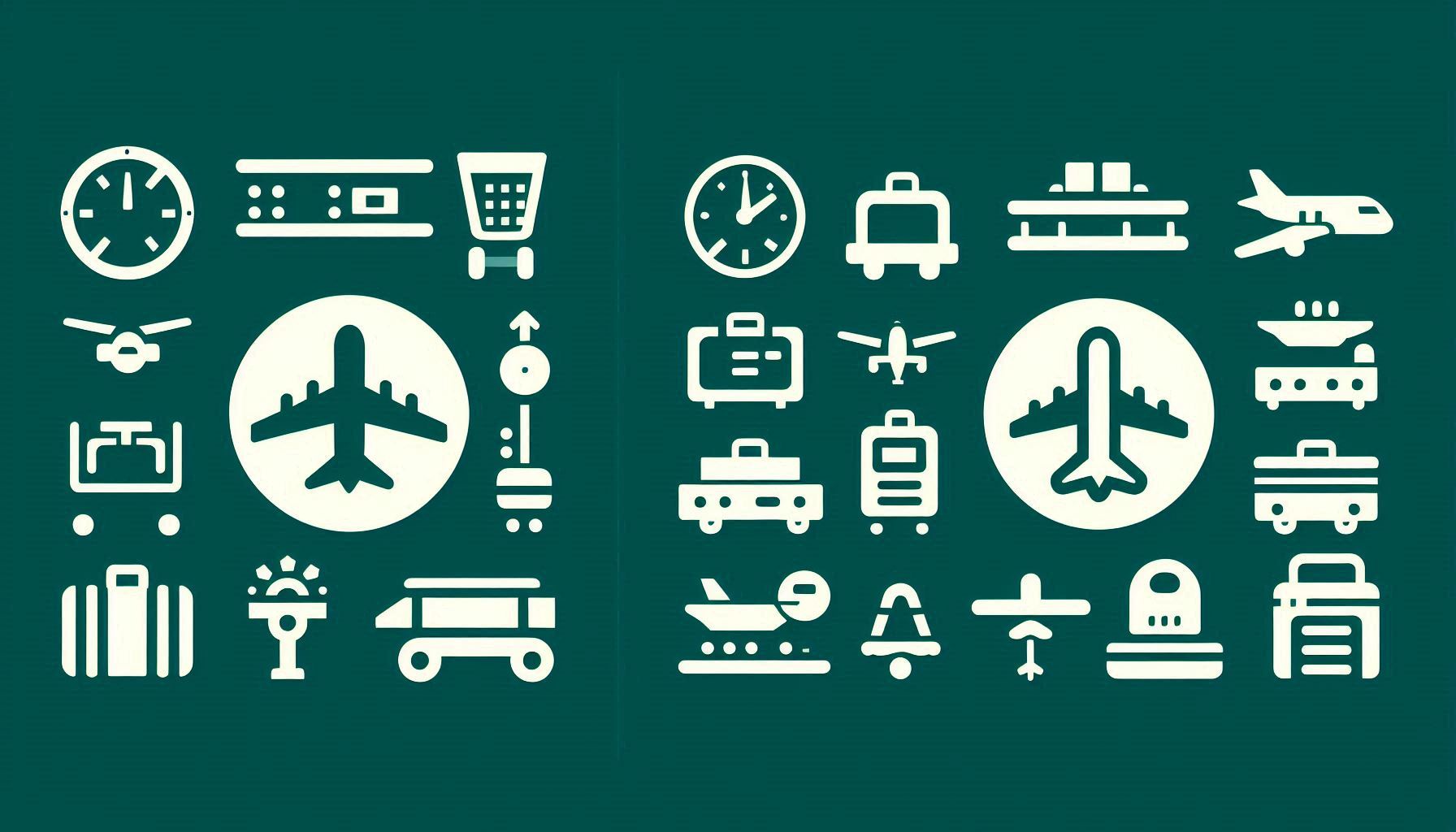Prerequisites for Statistical Analyses of the Quality of Instrument Flight Procedures

Downloads
Instrument flight procedures are essential and critical components of the global aviation system. They are designed for all phases of flight, i.e. the standard instrument departures, standard instrument arrivals, instrument approaches and the en-route phase of flight. Instrument flight procedures are designed from various aeronautical data, information, dimensions, etc., which are named instrument flight procedure elements according to this paper. Development of air navigation systems affect design of instrument flight procedures and flexible use of airspace. The design process is carried out within a framework defined by international and national standards, organizational norms and economic aspects. Instrument flight procedure elements are a fundamental part of the process. Deviations of these elements from full compliance with international regulations can significantly and negatively affect air traffic safety. The objective of this paper was to investigate the basic prerequisites for statistical analysis of the design quality of instrument flight procedures, which have not been explored before. Six prerequisites were proposed for acquiring the data and preparing them for further statistical use.
Downloads
International Civil Aviation Organization. Doc 8168-OPS/611. Volume II. Construction of visual and instrument flight procedures. 6th ed. Montreal, Canada: International Civil Aviation Organization; 2016.
Saraiva PM. Quality and statistical thinking in a parliament and beyond. Quality Engineering. 2017. DOI: 10.1080/08982112.2017.1368557.
Fortuin L. Performance indicators why, where and how?. European Journal of Operational Research. 1988;34(l):1-9.
Hronec SM. Vital signs using quality, time and cost performance measurements to chart your company's future. Amacom; 1993.
Maskell B. Performance measures for world class manufacturing. Mgmt. Accounting; 1989.
Crawford KM, Cox JF. Designing performance measurement systems for just-in-time operations. International Journal of Production Research. 1990;28(111):2025-2036. DOI: 10.1080/00207549008942850.
Humphries E, Lee SJ. Evaluation of pavement preservation and maintenance activities at general aviation airports in Texas practices, perceived effectiveness, costs, and planning. Transportation Research Record. 2015;471:48–57.
Solomon DS, Hughey KFD. A proposed multi criteria analysis decision support tool for international environmental policy issues: A pilot application to emissions control in the international aviation sector. Environmental Science & Policy. 2007;10(7-8):645-53.
Hunter DR. Measurement of hazardous attitudes among pilots. International Journal of Aviation Psychology. 2005;15(1):23-43.
Heckl D, Moormann J, Rosemann M. Uptake and success factors of Six Sigma in the financial services industry. Business Process Management Journal. 2010;16(3):436-472.
International Six Sigma Institute. Six Sigma revealed. Second Edition. Available from: https://www.sixsigmainstitute.org/Six¬_Sigma_Books_International_Six_Sigma_Institute.php [Accessed 30th March 2020].
Harpe SE. How to analyze Likert and other rating scale data. Elsevier Inc. 2015. DOI: 10.1016/j.cptl.2015.08.001.
Pyzdek T, Keller P. The Six Sigma handbook. 5th ed. The McGraw-Hill Companies Inc. USA; 2018.
Zwetsloot IM, Jones-Farmer LA, Woodall WH. Monitoring univariate processes using control charts: Some practical issues and advice. Quality Engineering. 2023. DOI: 10.1080/08982112.2023.2238049.
Kuiper A, Goedhart R. Optimized control charts using indifference regions. Quality Engineering. 2023. DOI: 10.1080/08982112.2023.2218904.
Ramirez B, Runger G. Quantitative techniques to evaluate process stability. Quality Engineering. 2006. DOI: 10.1080/08982110500403581.
Escobar CA, Macias-Arregoyta D, Morales-Menendez R. The decay of Six Sigma and the rise of quality 4.0 in manufacturing innovation. Quality Engineering. 2023. DOI: 10.1080/08982112.2023.2206 7.
Saghaei A, Najafi H, Noorossana R. Enhanced rolled throughput yield: A new six sigma-based performance measure. Int. J. Production Economics. 2012. DOI: 10.1016/j.ijpe.2012.02.002.
Graves S. Six Sigma rolled throughput yield. Quality Engineering. 2002;14(2):257-266, DOI: 10.1081/QEN-100108683.
Gonzaga-López C, Buchmann FM, Dautermann T, Ludwig T. Implementing precision approaches supported by satellite-based augmentation systems in the Austrian alps. Journal of Air Transportation. 2010. DOI: 10.2514/1.D0155.
Tromboni PD, Palmerin GB. An algorithm to rationalize a DME network as a backup for GNSS aircraft navigation. Journal of Air Transport Management. 2014. DOI: 10.1016/j.jairtraman.2013.07.007.
Homola D, et al. Aviation noise-pollution mitigation through redesign of aircraft departures. Journal of Aircraft. 2019. DOI: 10.2514/1.C035001.
Prats X, Puig V, Quevedo J. A multi-objective optimization strategy for designing aircraft noise abatement procedures. Case study at Girona airport. Transportation Research Part D. 2011. DOI: 10.1016/j.trd.2010.07.007.
Wang C, Wang L. Economic analysis of instrument flight procedures operations based on flight cost index. International Conference on Transportation, Mechanical, and Electrical Engineering (TMEE). 2011. DOI: 10.1109/TMEE.2011.6199154.
Israel E, Barnes WJ, Smith L. Automating the design of instrument flight procedures. Integrated Communications, Navigation and Surveillance Conference, ICNS. 2020. DOI: 10.1109/ICNS50378.2020.9222871.
Psychogios AG, Tsironis LK. Towards an integrated framework for lean Six Sigma application: Lessons from the airline industry. Total Quality Management. 2012. DOI: 10.1080/14783363.2011.637787.
Panagopoulos I, Atkin C, Sikora I. Developing a performance indicators lean-sigma framework for measuring aviation system’s safety performance. 19th EURO Working Group on Transportation Meeting, EWGT2016. 2016. DOI: 10.1016/j.trpro.2017.03.005.
International Civil Aviation Organization. Quality assurance manual for flight procedure design. Doc 9906-AN/472. Vol. 1, 1st ed. International Civil Aviation Organization; 2009.
Commission implementing regulation (EU) 2020/469. Official Journal of the European Union. 2020.
International Civil Aviation Organization. Annex 4 to the Convention on International Civil Aviation: Aeronautical Charts. 11th ed. International Civil Aviation Organization; 2009.
International Civil Aviation Organization. Annex 11 to the Convention on International Civil Aviation: Air Traffic Services. 15th ed. International Civil Aviation Organization; 2018.
International Civil Aviation Organization. Aeronautical Information Management. Doc 10066. 1st ed. International Civil Aviation Organization; 2018.
Corder GW, Foreman DI. Nonparametric statistics for no statisticians. A John Wiley & Sons Inc; 2009.
Copyright (c) 2024 Roman Romanović, Kristina Samardžić, Doris Novak

This work is licensed under a Creative Commons Attribution-NonCommercial 4.0 International License.




















